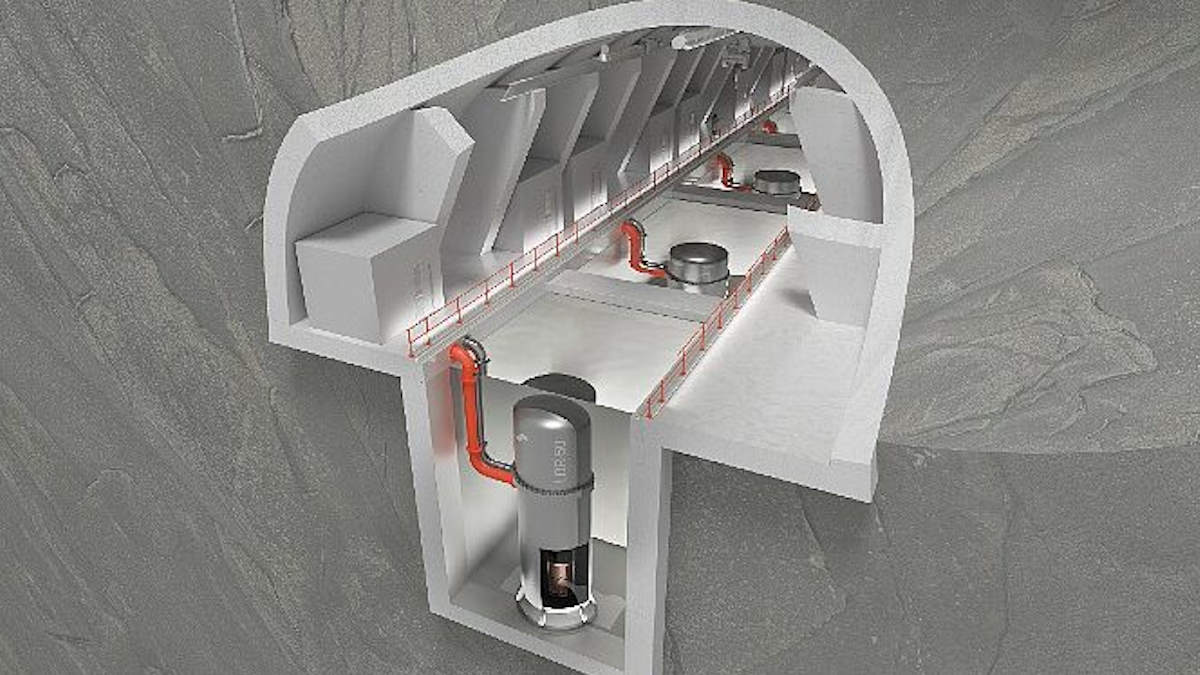International. Global Energy announced that Tractebel will help Steady Energy develop the 50 MW LDR-150 small modular reactor, which will be used exclusively for district heating.
Both companies recently signed an agreement to provide engineering services. Its plans are to take the project to the commercial phase, which should begin in 2029.
The development of Steady Energy is currently being evaluated by the Finnish Nuclear and Radiation Safety Authority. However, demand already exceeds supply: to date, Steady Energy has signed 15 contracts for the supply of the LDR-150 reactor, also due to the strong interest in reducing emissions in the residential sector and industry. Steady Energy estimates that thermal power generation accounts for approximately 10% of global greenhouse gas emissions.
This proportion can be reduced by using nuclear reactors, which are low-carbon sources. According to the Intergovernmental Panel on Climate Change (IPCC), nuclear power plants emit only 12 grams per kilowatt-hour of electricity (kWh) throughout their entire life cycle (from construction to decommissioning). This figure is four times lower than that of solar panels (48 grams per kWh), which use silicon, a material with a high carbon content in their production. However, in the case of the Steady Energy project, emissions will be even lower, as the LDR-150 reactor will not have turbines to generate electricity.
In general, heat supply can become an important demand factor for the construction of small reactors. In the coming years, its customers will also include tech giants that need to power data centers 24/7, while delivering emissions savings that are important to investors.
McKinsey predicts that by 2030 25 GW of capacity will be needed to supply data centers in Europe alone. Growing demand is attracting new suppliers: for example, the startup Deep Atomic AG recently announced the development of a small reactor with a capacity of 60 MW of electrical power and 180 MW of thermal energy, which will occupy only 80 square meters of space.
Ultimately, this should reduce the dependence on nuclear power from government customers, who could make large investments in building high-capacity nuclear power plants.















